
Hue, Value and Saturation
4.6 (782) In stock

4.6 (782) In stock
Hue, Value and Saturation adjustments are demonstrated here with Winsor Lemon, Cadmium Red, Ultramarine (Green Shade) and Titanium White oil paints. Cadmium Red and the Titanium White are mixed to raise the value of the red, which is also referred to as creating a ‘tint’. Then the three primaries are mixed to create a neutral black that is added to the red to reduce saturation and deepen value. Darker values are also called ‘shades’. Black is added to the red to show the shades of red becoming warm, dark values. Then our yellow, Winsor Lemon, is added to red which alters the hue and, as more and more yellow is added, it shifts the red to orange. Then the black mixed earlier is combined with white to come close to the value of Cadmium Red in a mid-tone grey, then it is added in increasing quantity to the red. The result is a desaturated red that retains the same value and a range of warm greys result. It is especially helpful to see the range of dark values that result from these mixtures because there are only chromatic greys in nature and a demonstration like this can help you to achieve them in your work.

Plot of Saturation vs. Value (in HSV model) when Hue is fixed to 0
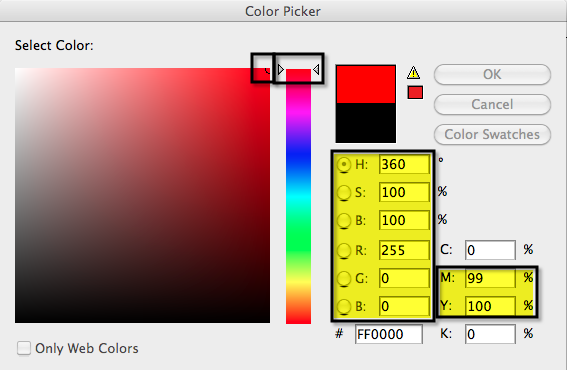
Hue, Value, Saturation

Relative Value Color Wheel – In the Studio with Dianne Mize

Basic Color Theory: Hue, Saturation and Value for Traditional

Section2

Color value – Graph workflow
Learn how to use hue in CSS colors with HSL

Color Theory Review: Concepts and Terminology
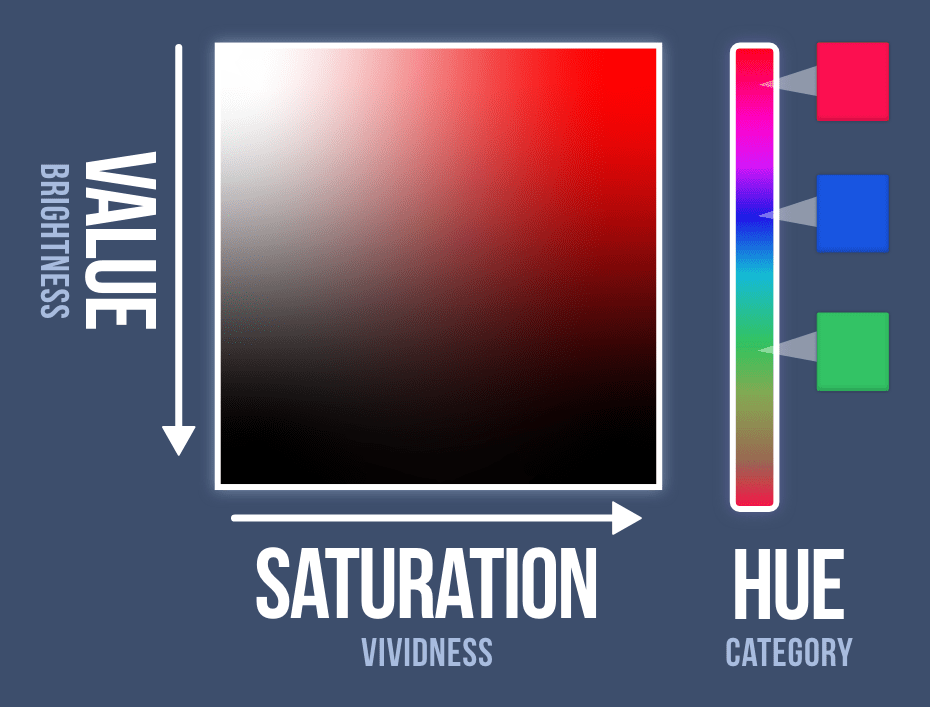
What Does Each Color Mean? And Why?
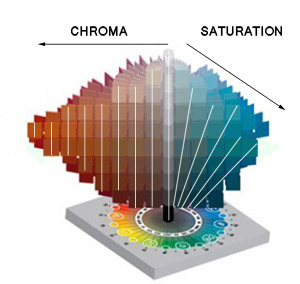
The Difference Between Chroma and Saturation
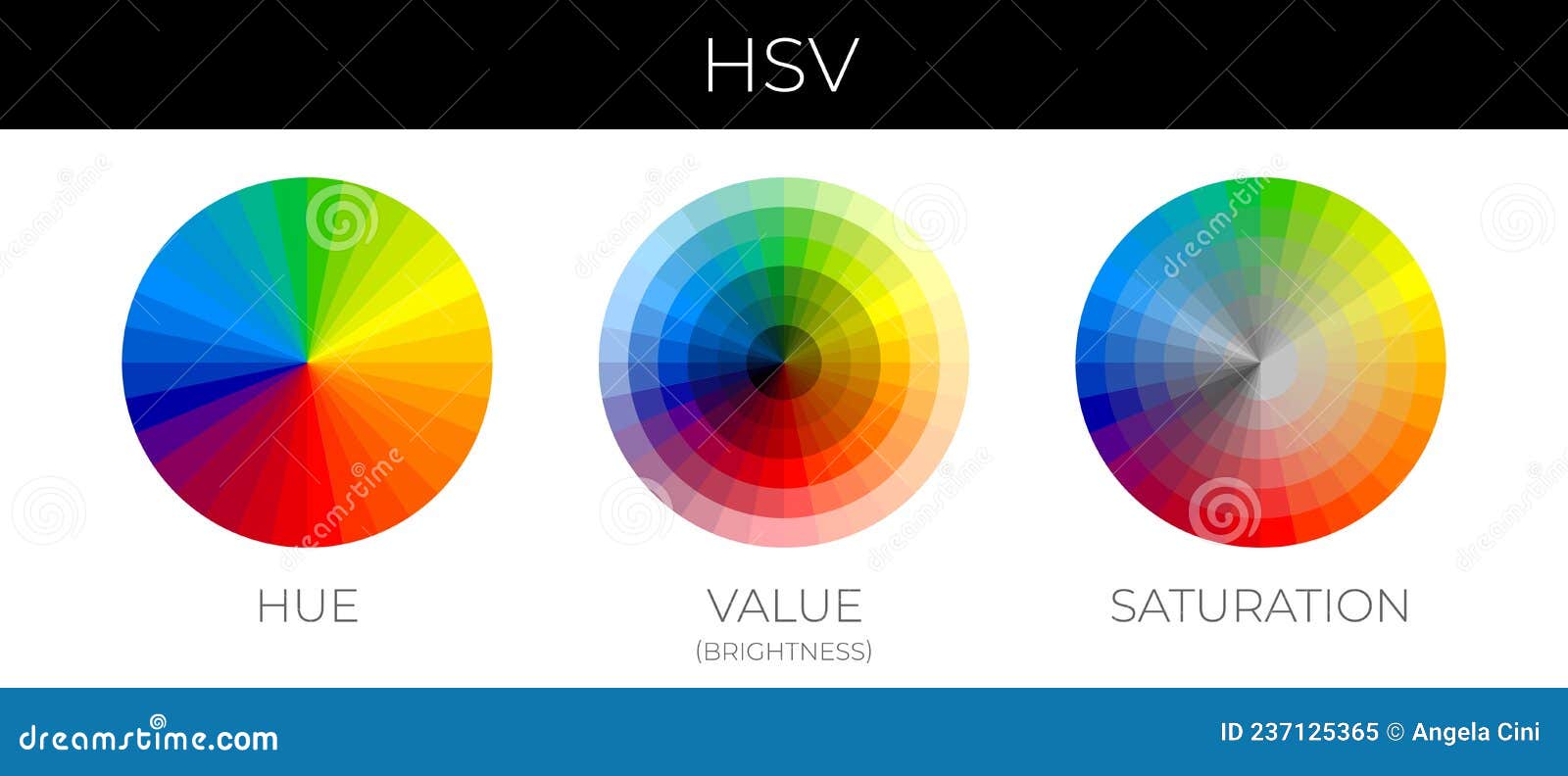
Color Theory HSV or Hue, Saturation, Value Brightness Illustration

Color in digital painting. The only guide you'll ever need
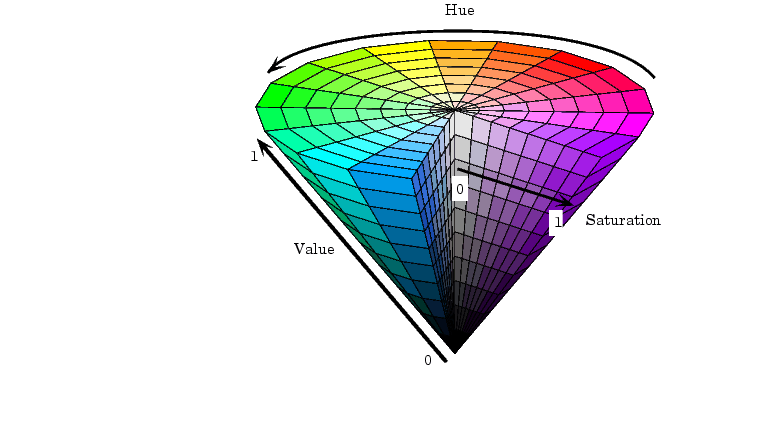
Color (Image Processing Toolbox)

2,457 Color Hue Value Royalty-Free Photos and Stock Images

GROUP 06: ATTRIBUTES OF COLOUR: HUE, VALUE, SATURATION